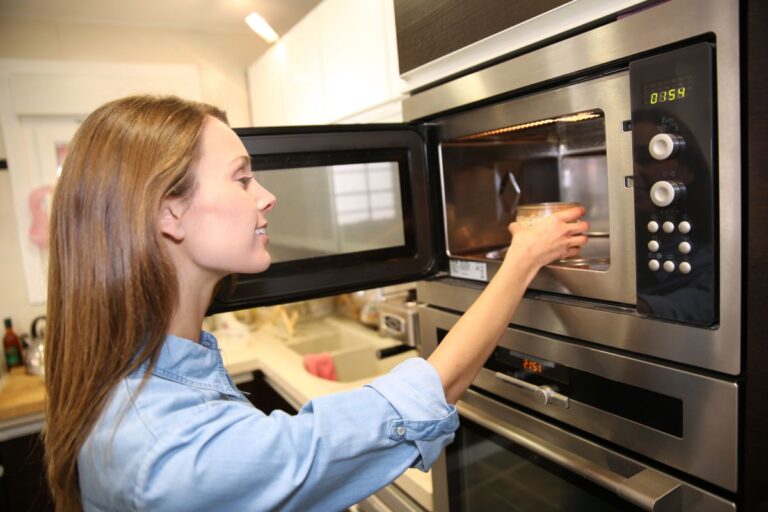Living Together: The Modern Co-living Movement
Co-living spaces are transforming urban living by merging community, affordability, and flexibility. How does this modern approach to housing address the challenges of city life while fostering a sense of community?
1. Increasing Popularity in Urban Areas

Co-living spaces have become popular in cities like New York, San Francisco, and Los Angeles due to the high cost of living and limited affordable housing options. In New York City alone, the co-living market is expected to grow by 18% annually.
2. Affordable Housing Alternative

Co-living spaces offer a more affordable option compared to traditional rentals. For example, in San Francisco, the average rent for a co-living space is about $1,500 per month, significantly lower than the $3,500 average for a one-bedroom apartment.
3. Flexible Lease Terms

One of the main attractions of co-living spaces is their flexible lease terms. This is particularly beneficial for young professionals and digital nomads who need short-term housing options. Many co-living spaces offer month-to-month leases, making it easier for residents to move as needed.
4. Technological Integration

Co-living spaces leverage technology to enhance the resident experience. Mobile apps facilitate communication, event coordination, and community engagement, making daily interactions seamless and fostering a stronger sense of community.
5. Focus on Well-Being

Many co-living spaces provide wellness programs, fitness facilities, and mental health resources. This holistic approach supports residents in maintaining a balanced lifestyle, which is crucial in fast-paced urban environments.
6. Building Strong Communities

Co-living spaces are designed to foster a sense of belonging through shared spaces and organized events. This helps reduce the isolation often felt in big cities, promoting social interaction and community building.
7. Cultural Diversity

Living with people from various backgrounds enriches the co-living experience. It broadens perspectives and fosters personal growth, as seen in diverse cities like Los Angeles and New York.
8. Minimalist and Sustainable Living

Co-living spaces encourage a minimalist lifestyle, reducing the need for excessive possessions and promoting sustainability. This shift aligns with the growing emphasis on environmental responsibility.
9. Shared Amenities

Residents enjoy access to shared amenities such as gyms, coworking spaces, and entertainment areas, enhancing their living experience without additional costs. These amenities are particularly attractive in high-cost cities like San Francisco and New York.
10. Networking Opportunities

Co-living spaces attract young professionals and entrepreneurs, creating opportunities for networking and collaboration. This is especially beneficial in tech hubs like Silicon Valley and Austin, Texas.
11. Designed for Modern Lifestyles

Co-living spaces are tailored to meet the needs of modern urbanites, offering convenience, functionality, and a community-oriented living experience. This design approach is evident in cities like Seattle and Portland.
12. Combating Urban Isolation

By promoting social interaction, co-living spaces help combat the loneliness often experienced in urban settings. This is crucial in densely populated cities like New York and Chicago.
13. Flexible Living Arrangements

Co-living spaces offer various living arrangements, from private rooms to larger communal areas, catering to different preferences and lifestyles. This flexibility is a major draw for residents in dynamic cities like Los Angeles and Boston.
14. Encouraging Social Responsibility

The communal nature of co-living spaces fosters a sense of social responsibility among residents. This environment encourages cooperation and mutual support, enhancing the overall living experience.
15. Enhancing Life Quality

Access to diverse amenities and a supportive community improves residents’ overall quality of life. Co-living spaces are designed to make life easier and more enjoyable, particularly in fast-paced urban environments.
16. Economic Viability

For developers, co-living spaces represent a profitable investment due to high demand in urban centers. Cities like Chicago and San Francisco are witnessing significant investments in co-living developments.
17. Co-Living in Major Urban Centers

Cities like Miami are seeing a rise in co-living spaces due to their diverse populations and high cost of living. These spaces provide affordable and flexible housing solutions, catering to a broad demographic.
18. Historical Context

The concept of co-living dates back to communal living arrangements in the 1970s in Denmark. Modern co-living spaces build on this legacy, adapting to the needs of urban living.
19. Addressing Modern Needs

Co-living spaces cater to the preferences of millennials, digital nomads, and eco-conscious individuals. They offer a blend of affordability, community, and sustainability, making them an attractive housing option in cities like San Francisco and Austin.
20. Psychological Benefits

Living in a supportive community has psychological benefits, such as reducing stress and enhancing well-being. Co-living spaces create environments that nurture both personal and professional growth, essential for residents in bustling cities like New York and Los Angeles.
Community Living for Modern Times

Co-living spaces offer a smart, sustainable, and socially enriching alternative to traditional housing. They address modern urban challenges while fostering a strong sense of community, making them an appealing option for today’s urban dwellers.
Toxic Talk: 21 Phrases to Never Say to Your Kids

Are you worried about the impact of your words on your child’s well-being? Let’s tackle 21 phrases that might be causing more harm than you realize. Toxic Talk: 21 Phrases to Never Say to Your Kids
Breaking Ties: Recognizing When It’s Time to Go No-Contact with Parents

Deciding to go no-contact with a parent is a profound, often painful choice, but sometimes it’s necessary for personal well-being. Are you grappling with the decision to distance yourself from a toxic parental relationship? Breaking Ties: Recognizing When It’s Time to Go No-Contact with Parents
Stop the Stereotypes: 20 Gender-Based Comments Kids Don’t Need

It’s time to challenge traditional narratives that limit kids’ potential. Here are gender-specific phrases and ideas to avoid, fostering a supportive and open-minded environment for the next generation. Stop the Stereotypes: 20 Gender-Based Comments Kids Don’t Need
The post Living Together: The Modern Co-Living Movement first appeared on Peachy Fours.
Featured Image Credit: Shutterstock / Jacob Lund.
For transparency, this content was partly developed with AI assistance and carefully curated by an experienced editor to be informative and ensure accuracy.







